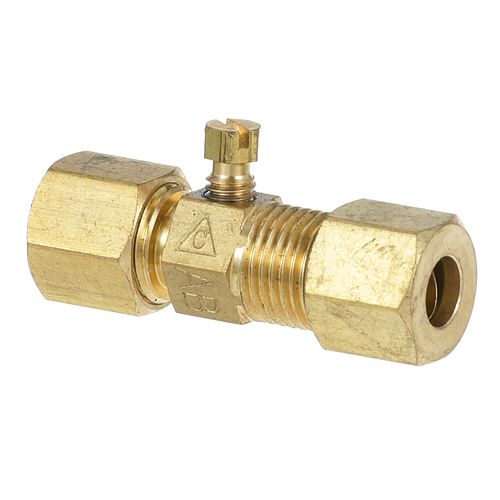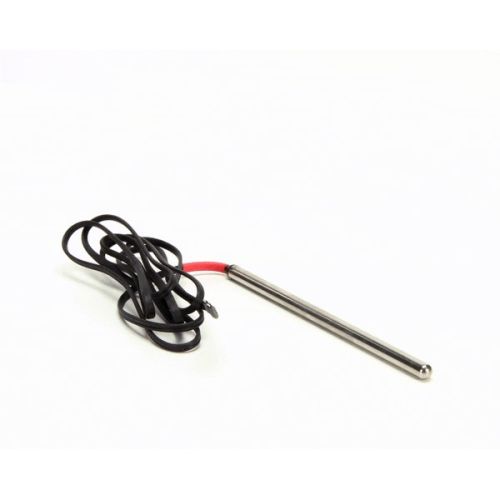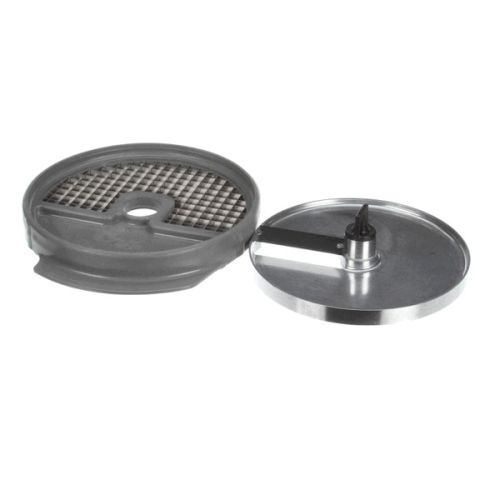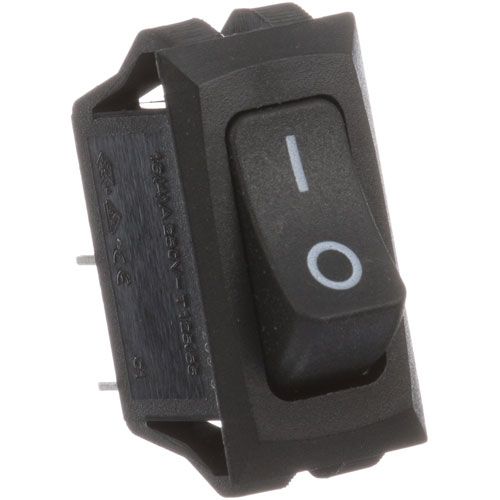How to Create a Daily Opening and Closing Checklist for a Canadian Coffee Shop
Running a successful coffee shop in Canada means more than just serving great coffee, and it requires smooth daily operations to ensure customer satisfaction and business efficiency. One of the most effective tools to help with this is a well-designed daily opening and closing checklist. This checklist guides your staff through essential tasks, from prepping equipment to cleaning and securing the premises, so nothing gets overlooked. Whether you’re a new café owner or managing an established coffee shop, having a clear, consistent routine is key to maintaining high standards, complying with health regulations, and improving workflow. In this article, we’ll guide you through creating a practical and easy-to-follow checklist tailored specifically for Canadian coffee shops, helping you run your business like a pro every day.
Why You Need Daily Opening and Closing Checklists
Daily opening and closing checklists are essential for running a smooth, efficient, and successful coffee shop. Here’s why every Canadian coffee shop owner should implement them:
-
Ensure Consistency: Checklists guarantee that every shift starts and ends with the same high standards, no matter who is on duty.
-
Improve Efficiency: Staff can complete tasks faster and with less confusion, as they have a clear roadmap to follow.
-
Enhance Cleanliness and Safety: Regularly scheduled cleaning and equipment checks help maintain hygiene and comply with Canadian health regulations.
-
Reduce Errors and Oversights: Important tasks like turning off machines, locking doors, or restocking supplies are less likely to be forgotten.
-
Simplify Staff Training: New employees can quickly learn their responsibilities with a clear, written guide.
-
Boost Customer Experience: A well-prepared shop means faster service, a clean environment, and happy customers.
-
Maintain Equipment Longevity: Proper daily care of machines and appliances prevents breakdowns and costly repairs.
-
Increase Accountability: Staff know what is expected of them and can be held responsible for completing their tasks.
Using daily opening and closing checklists isn’t just good practice, it’s a smart business strategy to keep your Canadian coffee shop thriving.
Key Sections of a Coffee Shop Opening Checklist
A thorough and well-organized opening checklist sets the stage for a smooth day at your Canadian coffee shop. Below are the key sections you should include, with detailed tasks to cover every important aspect:
Front-of-House Setup
-
Unlock doors and disable security systems.
-
Turn on lights, music, and POS systems.
-
Adjust the room temperature or the heater based on the season.
-
Clean and wipe all tables, chairs, and display counters.
-
Check the condition of indoor plants or décor.
-
Set up outdoor signage or patio furniture (weather permitting).
-
Restock napkin holders, stirrers, straws, and sugar dispensers.
-
Refill the self-serve condiment bar: creamers, milk, sugar, syrup pumps.
-
Clean front windows, entrance glass, and sneeze guards on display cases.
Equipment Startup
-
Power on the espresso machine and allow time to heat.
-
Prime espresso group heads and clean portafilters.
-
Fill and calibrate grinders (dose, time, and weight).
-
Test blenders, juicers, and other small appliances.
-
Ensure the water filtration system is operating properly.
-
Check the dishwashing area and turn on the sanitizing machine.
-
Inspect the milk steamer wand for cleanliness.
-
Prepare batch coffee if applicable (drip or airpot).
Inventory Check & Replenishment
-
Restock cups, lids, sleeves, and takeaway bags by size.
-
Refill milk (dairy and alternatives), juices, and smoothie bases.
-
Label and rotate all perishable items in the fridge.
-
Prep syrups and sauces, refilling bottles if needed.
-
Check fresh bakery deliveries or prepare in-house goods.
-
Ensure all items in the pastry case are labeled and priced correctly.
Team Communication & Prep
-
Clock in staff and review the shift schedule.
-
Conduct a quick staff huddle or pre-shift briefing.
-
Discuss any special promotions, events, or menu changes for the day.
-
Check staff uniforms and personal hygiene compliance.
-
Review allergen and food safety protocols with the team.
Including these comprehensive sections in your coffee shop’s daily opening checklist will help guarantee your business operates efficiently and meets the highest standards from the moment you open your doors.
Adapting Checklists for Seasonal Considerations in Canada
Canada’s changing seasons bring unique challenges to coffee shop operations. Adapting your checklists ensures smooth daily routines all year round.
Winter Season Adjustments:
-
Check and clear snow and ice from entrances and outdoor seating areas to prevent slips and falls.
-
Adjust heating systems to ensure a warm and comfortable environment inside the shop.
-
Inspect door seals and windows for drafts to improve energy efficiency.
-
Use mats at entrances to reduce water and salt tracked inside.
Schedule more frequent cleaning to manage wet floors from snow and rain.
Spring Season Adjustments:
-
Prepare outdoor patios and seating areas as the weather warms.
-
Clean and maintain outdoor furniture after winter storage.
-
Monitor allergy season impacts and adjust cleaning schedules accordingly to reduce allergens.
-
Check and restock seasonal menu items or promotions.
Summer Season Adjustments:
-
Ensure air conditioning or ventilation systems are functioning optimally.
-
Increase the frequency of cleaning outdoor areas to manage increased foot traffic.
-
Monitor inventory for summer beverages and iced drinks.
-
Manage pest control around outdoor seating and entrances.
Fall Season Adjustments:
-
Prepare for cooler temperatures by checking heating systems early.
-
Remove fallen leaves and debris from outdoor areas regularly.
-
Update menu items to reflect seasonal flavors and ingredients.
-
Inspect lighting for shorter daylight hours to maintain a welcoming atmosphere.
By tailoring tasks for winter snow or summer heat, you keep your shop safe, comfortable, and ready to serve customers no matter the season.
Read this article on commercial restaurant kitchen cleaning guide: daily, weekly, and monthly to ensure your kitchen stays clean, safe, and compliant all year round.
Digital vs. Paper-Based Checklists
Choosing between digital and paper-based checklists is an important decision for coffee shop owners looking to streamline operations. Both methods have advantages and drawbacks depending on your team’s needs, technology access, and preferences.
Digital Checklists
-
Real-Time Updates: Easily modify and distribute checklist changes instantly across all devices.
-
Accessibility: Staff can access checklists on smartphones, tablets, or computers anywhere in the shop.
-
Data Tracking: Automatically record completion times, identify bottlenecks, and analyze task performance.
-
Eco-Friendly: Reduces paper waste and printing costs.
-
Integration: Can sync with inventory, scheduling, and POS systems for seamless management.
-
Reminders and Alerts: Automated notifications help ensure tasks aren’t forgotten or delayed.
Paper-Based Checklists
-
Simplicity: Easy to use without any tech training or equipment requirements.
-
Reliability: No dependence on Wi-Fi, battery life, or software updates.
-
Tactile Feedback: Physically ticking off tasks can boost accountability and satisfaction for some staff.
-
Cost-Effective: Minimal upfront investment with just printing costs.
-
Customizable: Easily personalized or handwritten notes can be added on the spot.
Choosing the Right Option
Consider your team size, tech comfort, and workflow when deciding. Many coffee shops use a hybrid approach, starting with paper checklists and gradually transitioning to digital solutions as they scale.
Tip: Keep a backup printed version in case of tech failures or emergencies.
Recommended Digital Checklist Tools for Canadian Coffee Shops
Choosing the right digital checklist tool can greatly improve efficiency and staff accountability in your coffee shop. Here are some top options tailored for Canadian coffee shops.
Google Forms + Google Sheets
A simple, free way to build checklists and track submissions in real time.
Pros:
-
Free and easy to use
-
Customizable forms with timestamps
-
Accessible on any device
-
Integrates with Google Sheets for tracking
Cons:
-
No built-in reminder system
-
Requires an internet connection for full functionality
-
Limited offline access
Jolt
Designed for restaurants and retail, Jolt offers customizable checklists, food safety logs, and staff accountability features.
Pros:
-
Made for food service environments
-
Includes temperature logs and compliance tracking
-
Sends reminders and alerts for missed tasks
-
The mobile app is easy for staff to use
Cons:
-
Monthly subscription cost
-
It may be too complex for very small coffee shops
-
Initial setup and training required
Asana or Trello
Project management tools that can be adapted for daily task tracking with boards, cards, and checklists.
Pros:
-
Visual interface (great for team planning)
-
Free tier available
-
Drag-and-drop functionality for flexibility
-
Supports comments and attachments
Cons:
-
Originally built for project management, not food service
-
Maybe more than needed for small daily checklists
-
Requires onboarding to get the team comfortable
Notion
All-in-one workspace that supports notes, tasks, wikis, and databases, good for shops wanting both documentation and checklists.
Pros:
-
Highly customizable
-
Excellent for SOPs, training guides, and checklists
-
Free for personal or small team use
-
Beautiful UI and mobile app
Cons:
-
Has a learning curve
-
Some advanced features require the pro plan
-
Overkill for simple checklist-only needs
7shifts
Popular in Canadian hospitality settings, this app combines scheduling with digital checklists and team communication.
Pros:
-
Canadian-friendly support
-
Includes scheduling, time tracking, and checklists
-
Mobile access for managers and staff
-
Good for multi-location cafes
Cons:
-
Costs can add up with extra features
-
Some functions are better suited to restaurants than coffee shops
Tip: If you're just starting, you might begin with Google sheets or Trello, then transition to a more industry-specific tool like Jolt or 7shifts as your team and workflow grow.
Ready-to-Use Daily Opening and Closing Checklist for Canadian Coffee Shops
Keep your coffee shop running smoothly and consistently every day with this ready-to-use checklist. It covers everything your team needs to do to open and close efficiently while maintaining cleanliness, safety, and great customer service.
Opening Checklist (7:00 AM – 9:00 AM)
Front of House:
-
Turn on lights, music, Wi-Fi, and POS
-
Clean and organize the dining area
-
Restock the condiment station
-
Set up outdoor signage (if applicable)
Equipment:
-
Power on and test the espresso machine
-
Calibrate grinders
-
Ensure fridges and freezers are at optimal temperature
-
Check and refill the ice bin
Inventory:
-
Stock milk, cream, and dairy-free alternatives
-
Display fresh bakery items
-
Prep beans, syrups, and toppings
Staff Prep:
-
Clock in all staff
-
Conduct a daily briefing
-
Complete safety check
Closing Checklist (7:00 PM – 9:00 PM)
Cleaning:
-
Clean the espresso machine
-
Sanitize all surfaces
-
Clean bathrooms
-
Mop the floors
Inventory:
-
Label and store perishables
-
Take out trash and recycling
-
Update reorder list
Shutdown:
-
Power off all equipment
-
Activate the security system
-
Ensure all staff clock out and sign off the checklist
Read this article on how digital menu boards are transforming restaurants to enhance customer engagement and streamline operations.
Conclusion
Creating a daily opening and closing checklist for your Canadian coffee shop is a simple but powerful way to improve efficiency, maintain consistency, and ensure nothing is overlooked during busy shifts. From prepping equipment and managing inventory to ensuring cleanliness and team readiness, a well-structured checklist keeps your operations running smoothly and your staff accountable. By tailoring your checklist to seasonal needs and choosing the right format, digital or paper, you’ll build a system that supports both your business goals and your customer experience. Whether you're just opening your first café or refining operations in an established shop, this daily routine sets the tone for success, one shift at a time.
Need coffee machine parts to keep your Canadian coffee shop brewing without interruption? PartsFeCA carries essential components from portafilters to grinders from leading brands Bunn, Curtis, and Cecilware. Find the parts you need to maintain smooth daily operations.
FAQs
Why is having a daily opening and closing checklist important for a coffee shop?
A checklist ensures consistency, helps staff complete tasks efficiently, and maintains cleanliness and safety standards. It reduces errors and improves overall customer experience.
What tasks should be included in a coffee shop opening checklist?
Tasks typically include equipment startup, restocking supplies, cleaning front-of-house areas, and team briefing. These prepare the shop for smooth daily operations.
How often should a coffee shop update its opening and closing checklists?
Checklists should be reviewed seasonally or whenever operational changes occur. Regular updates ensure they stay relevant to new processes and regulations.
Can digital checklists be used instead of paper ones?
Yes, digital checklists offer real-time updates and easier tracking but paper checklists can be simpler for some teams. Many shops use a mix of both methods.
How do I train staff to follow the checklist effectively?
Introduce the checklist during onboarding and conduct regular briefings. Encourage staff feedback to improve and clarify checklist items.










